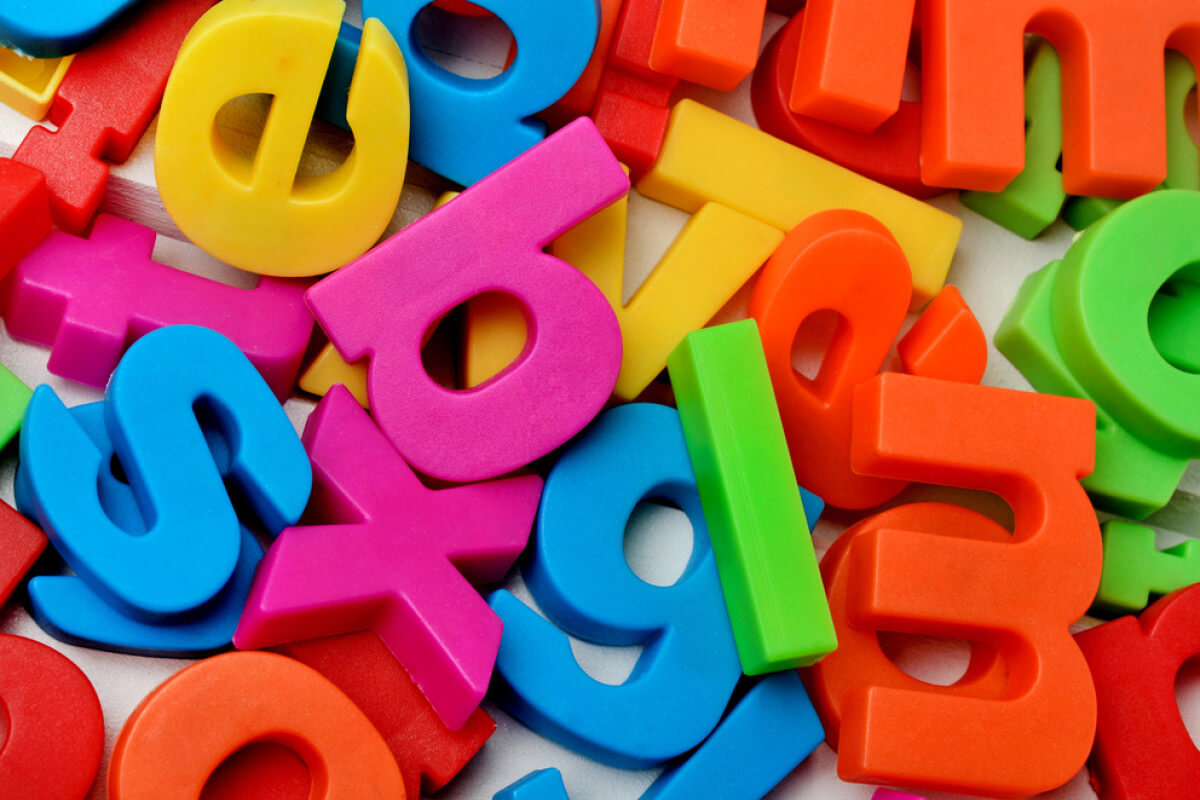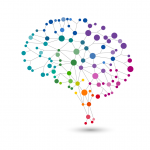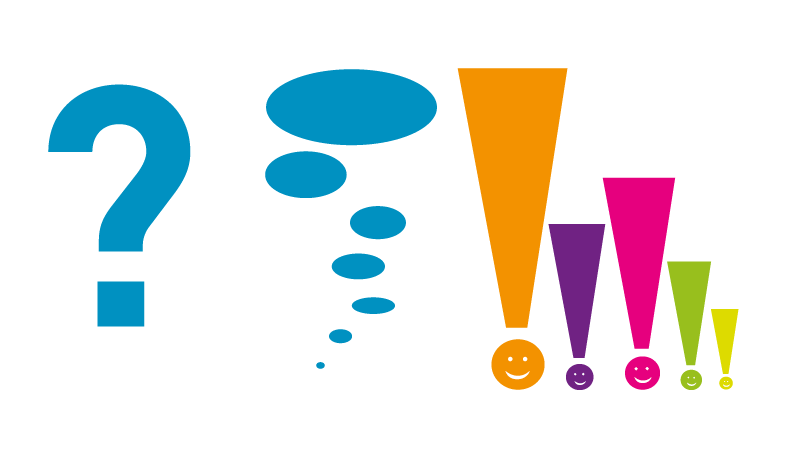FAQ
05/04/2016
Do you use a Kurzweil 3000 Mobile licence or a web licence for Kurzweil 3000, WoDy or another Sensotec product?
These are the available manuals:
- for users: Licence server – User’s manual
- for administrators: Licence server – Administrator’s manual
People with dyslexia have difficulty reading fluently: letters are not automatically converted into words and the meaning of words is not automatically recognised. Even after lots of practice, it remains a challenge to convert letters into sounds (reading) or sounds into letters (writing). However, dyslexia is more than just a reading problem. It makes daily life more challenging at school, work and home. That’s why it’s important to detect and deal with the problem as early as possible. Dyslexia is a lifelong condition, however people with dyslexia can be helped with the right support and technological tools.
Specialised therapy is always recommended. Specialists such as speech and language therapists can assess whether and when training and/or support for reading and writing in a therapeutic context should be provided.
Special software programs compensate for the difficulties. They help people with dyslexia read and write more fluently and make information accessible.
Five to ten percent of the population suffers from dyslexia to some extent. Dyslexia is genetic and is significantly more common in boys than girls. The cause lies in the brain.
The two halves of the brain are constantly exchanging information. The right half is primarily tasked with processing information that enters via the eyes. The left half ensures that the information that has been received is systematically, automatically and quickly applied. This process of collaboration and information exchange between both sides of the brain is disrupted in people with dyslexia.
In practice, this results in persistent problems with reading fluently (word identification) and/or spelling (word visualisation). The problem can be worse when a second language is being learnt.
There are many learning problems and situations that require extra care. Fortunately, there are many solutions that can provide support.
Often, people suffer from more than one problem at once. This is called co-morbidity. For example, autism and dyslexia are often co-morbid with ADHD. If this is the case, it’s even more important to offer the right aids.
Our wide range of aids provide support for the following problems:
- Dysgraphia, dyspraxia, dysorthography, dysphasia, aphasia
- Dyscalculia
- Autism spectrum disorders (ASD)
- Attention problems (ADD and ADHD)
- Language problems
- Giftedness
- Low vision
- Blindness
- Non-native speakers
- Cortical Visual Impairment (CVI)
- Acquired Brain Injury (ABI)
Our list of product specifications for each target group gives you an idea of which products may be suitable for you. Click on the individual products for detailed information.



